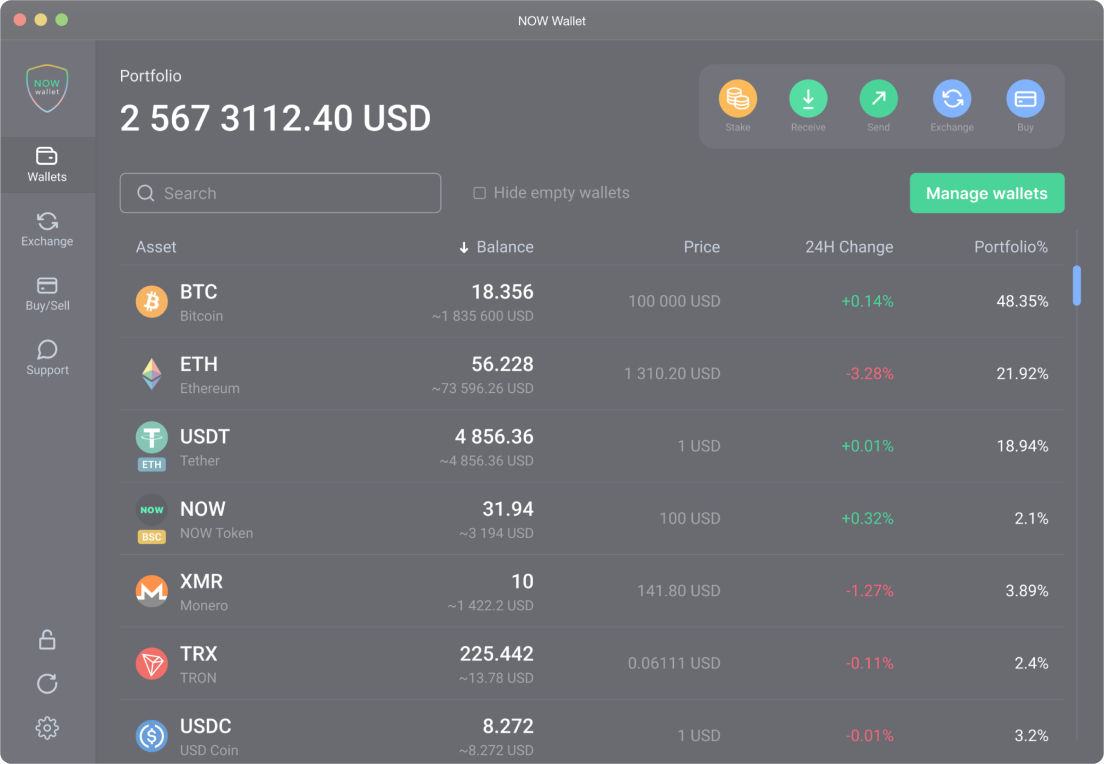Manage your DOT
with NOW Wallet



How to buy Polkadot AssetHub with card
- Pick DOT as the currency you want to buy.
- Choose a fiat currency to buy DOT with.
- Enter your card details and the recipient's address if you are sending to a third-party wallet.
- Receive your DOT in approximately 5 mins!
How to exchange Polkadot AssetHub
- Pick DOT as the currency you want to exchange.
- Choose the crypto asset you’d like to get for your DOT.
- Enter the recipient's address if you are exchanging to a third-party wallet.
- Receive your exchanged assets in approximately 5 mins!
How it works
What is Polkadot AssetHub (DOT)
How does Polkadot work?
Polkadot is a blockchain network on which interconnected sub-chains, called parachains (parallelized chains), are built and connected into one unified network - the Relay Chain. Each chain built within Polkadot uses Parity Technologies' Substrate modular framework, which allows developers to select specific components that suit their application-specific chain best. It allows building custom chains for each specific use.
Polkadot Relay Chain uses a variation on proof-of-stake consensus called nominated-proof-of-stake (NPoS). In NPoS nominators back validators with their own stake to express their faith in the validator. The Relay Chain separates the addition of new transactions from the act of validating those transactions. It allows Polkadot to process over 1,000 transactions per second.
History of Polkadot
Polkadot was founded by Dr. Gavin James Wood, a co-founder of Ethereum and an inventor of the Ethereum Virtual Machine and the Solidity programming language - the language used by developers to write decentralized applications (dApps). Wood realised the inability of Ethereum to scale, and thus, came up with a vision for a heterogeneous multi-chain framework. Thus, he started creating a system in which blockchains could coexist and complement each other and the Polkadot protocol was introduced in 2017. The technology of Polkadot is set to support the decentralization of the web - the ‘Web 3.0’.
Later, Substrate, a framework for building your own blockchains was introduced. It was followed by the “canary” network Kusama which is independent of Polkadot but runs on the same software. Kusama is essentially the exact same code as Polkadot, but its on-chain governance moves four times faster and there are lower barriers to entry for teams to get a slot on the network.
Polkadot vs. Ethereum
Ethereum has been struggling with not working at scale and having extremely high gas fees. Such networks as Ethereum are called "layer 1" chains. These are single blockchains, operating in isolation. Parachains in Polkadot are also L1 chains. Polkadot is one level below, meaning it’s a "layer zero" multi-chain that grows to more than 100 networks.
However, there is already an upgraded version of Ethereum - Ethereum 2.0. Ethereum 2.0 has been developed to improve the scalability, speed, and efficiency of Ethereum. It helps to increase the number of transactions and deal with the weaknesses.
